Thermal insulation of a house from a bar: the choice of materials and technology
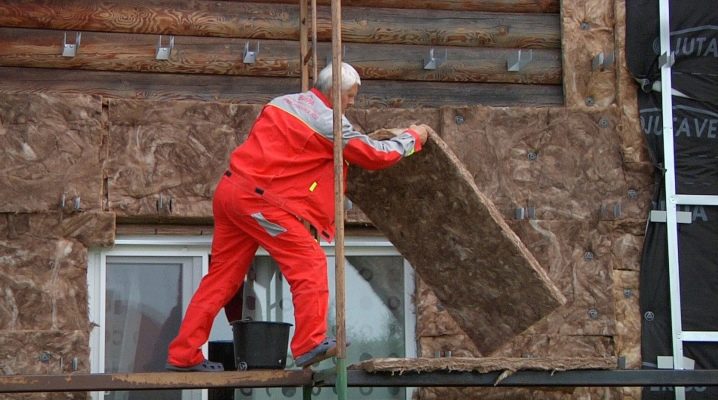
Houses built from timber are very popular in our country. Such buildings not only look aesthetically pleasing, but also warm. However, this does not negate the fact that they need to be additionally insulated with various special means.
Features of the procedure
Many users choose houses from a bar. The popularity of such buildings is explained by their attractive and natural appearance, the use of natural materials in the construction, as well as a comfortable microclimate that remains in such environments. The timber itself is a warm material, so houses made of it are considered cozy and hospitable. They are not cold in winter, but also not hot in summer. However, such buildings still need to be additionally insulated, otherwise during the frosty seasons they will not be so comfortable in them.
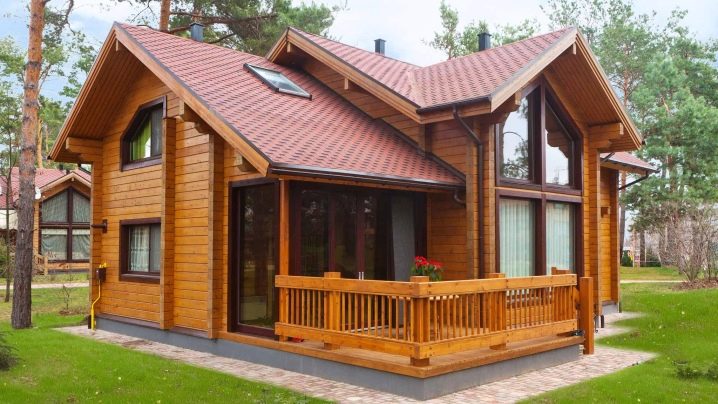
Insulation is primarily required for log houses, in which the building material does not have sufficient thickness. If the section is incorrect, complete freezing may occur inside a wooden house. This fact suggests that the floors in such a structure are incapable of retaining heat efficiently and one cannot do without insulation. If the timber in the house has a cross section of 150x150 mm, then it is not necessary for it to provide additional finishing, especially if the building is located in areas with a warm and temperate climate. A beam with a section of 180x180 mm is also popular - very warm and reliable houses are built from it, for which additional finishing is also optional. However, it is worth considering that if the cross-section of the house's timber is correct, all the same, over time, the building material will dry out, and this will also provoke significant heat losses.
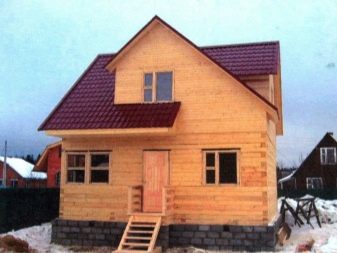
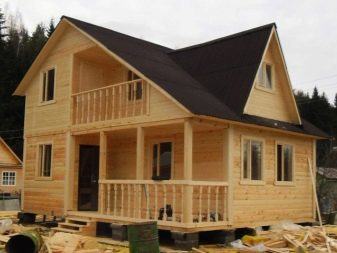
If a decision is made to insulate a log house, then you should pay attention that this can be done both outside and inside.
The following features are characteristic of insulating a house from the inside:
- with such work, a certain part of the useful living space will inevitably be lost due to the installation of the frame structure under the insulation;
- a layer of heat-insulating material hides wooden floors underneath, which affects the design of rooms in the house;
- due to the inevitable winter cooling of wooden walls, the dew point moves directly into the internal insulation. After that, condensation and mold appear. It should be borne in mind that monitoring the condition of the timber in such circumstances is not an easy task.
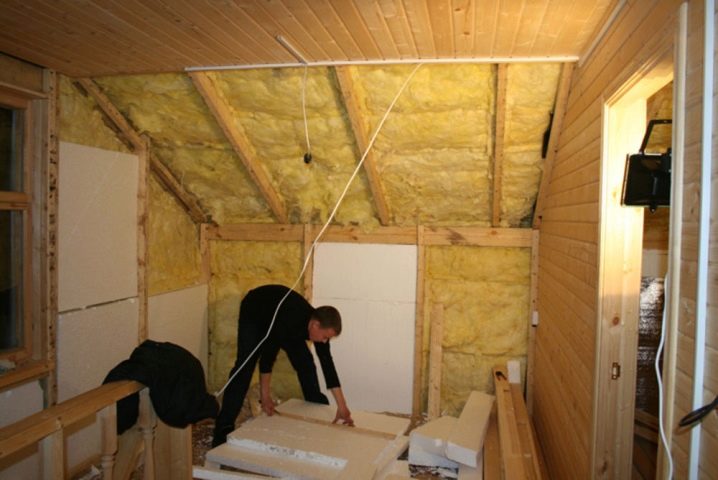
Insulation of a log house from the outside is considered more common. It includes the following features:
- with such insulation, the useful area of the living space does not undergo major changes and does not become smaller;
- external work is good in that it does not in any way affect the internal routine of household members;
- with this method of insulation, the facade of a wooden house is reliably protected from destructive temperature jumps, and this significantly extends the service life of the building;
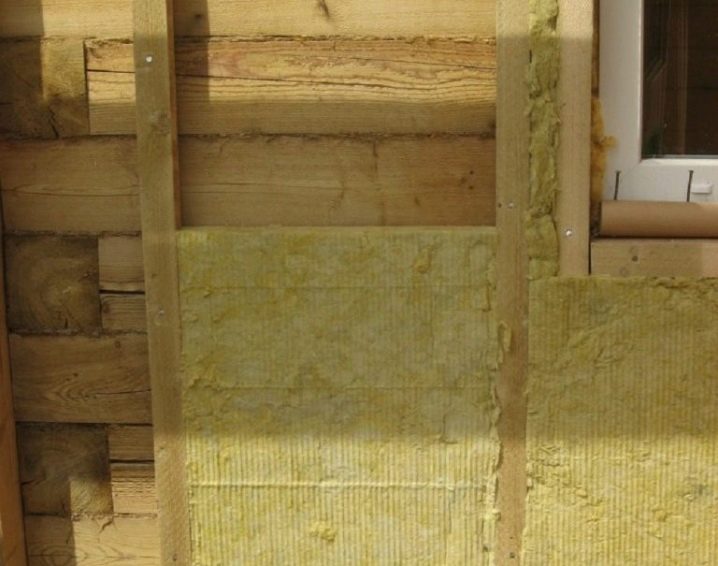
- if you correctly select a suitable and high-quality insulation, then the comfortable microclimate will not be disturbed in the inner part of the house;
- most owners turn to this method of insulation to make the house comfortable and to “breathe”;
- with external insulation, you can update the facade in case of its natural darkening;
- using external insulation materials, you can protect the timber from damage.

At the moment, there are several basic options for wall insulation in a house from a bar. The curtain ventilated facade is a technology developed as an additional decoration for the facade of a building.
It is worth considering in more detail what advantages are characteristic of this option for insulating a log house:
- ventilated facades have a long service life, which can reach 50 years;
- this option of insulation is characterized by excellent heat and sound insulation, which is noted by many users;
- installation of a hinged ventilated facade is considered simple and affordable;
- this method of insulation allows you to use a variety of facing materials;
- with such insulation, the dew point moves outward, which avoids the accumulation of condensate in the material.
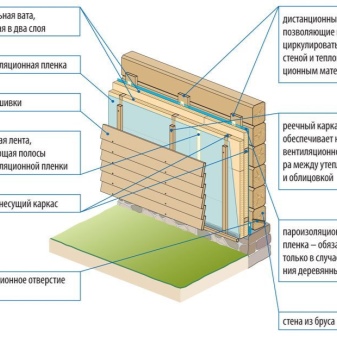
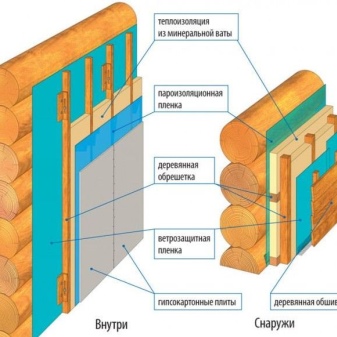
The technology of insulating a log house for siding largely repeats the hinged ventilated facade. In this case, the insulation is also mounted from the outside, and from above it is supplemented with a decorative coating. Polyurethane technology will be clear to every craftsman who at least once faced work related to polyurethane foam. The main difference of this method lies only in the amount of materials required to form a heat-insulating cushion, because much more is needed. That is why, when choosing such a technology, it is necessary to stock up on a high-quality spray gun.
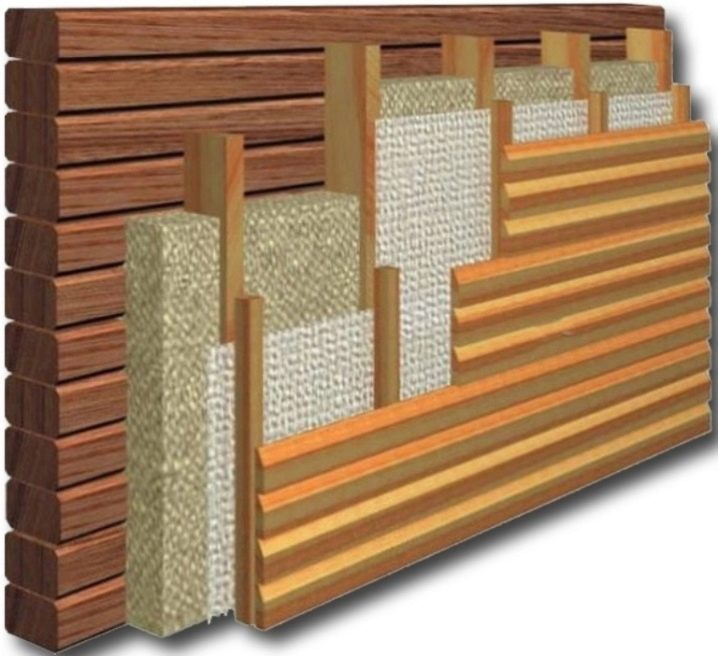
Choice of materials
Modern manufacturers offer consumers several options for insulation materials.
Mineral wool
Currently, mineral wool is recognized as one of the most popular insulation materials.
It is of the following types:
- stone or basalt;
- glass;
- slag.
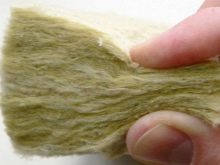

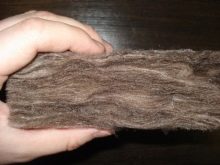
All varieties of mineral wool have approximately the same properties and characteristics.
This insulation and all its subtypes are characterized by the following qualities:
- mineral wool is fire resistant and non-flammable;
- differs in biological and chemical resistance;
- vapor permeable;
- environmentally friendly;
- has soundproofing properties.

The main disadvantage of mineral wool is that it is very attractive to rodents. In addition, if it gets wet, this insulation does not dry out completely, which has a detrimental effect on its qualities. Most specialists use mineral wool in mats when insulating the outer part of the house. In this case, rolls are considered less practical and convenient, since they are inconvenient to unfold on vertical bases. Before installing such a heater, you should make sure that the walls and foundation of the house are steam and waterproof with high-quality materials.
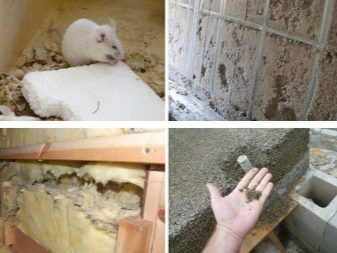

Styrene plates
The cheapest insulation is good old foam. A buyer with any budget can afford it. Such material is distinguished by its minimum weight and hygroscopicity. In addition, good thermal insulation qualities are inherent in the foam.
However, this cheap insulation also has its weaknesses.
- Styrofoam is a combustible material. Moreover, when burning, it actively releases toxic substances that are dangerous to human health.
- This insulating material is fragile.
- Does not tolerate contact with ultraviolet light.
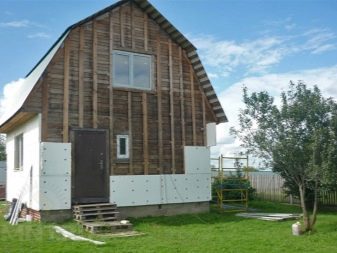
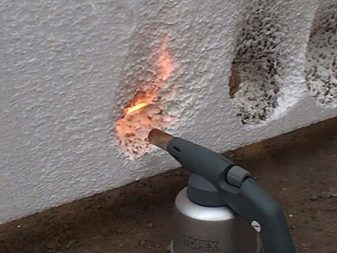
Polyurethane foam insulation is more expensive. It is a type of plastic. This material has a characteristic cellular and foamy structure. The main component of polyurethane is a gaseous substance, which makes up 85–90% of the total composition. Rigid polyurethane foam is more popular than foam rubber despite its high cost.
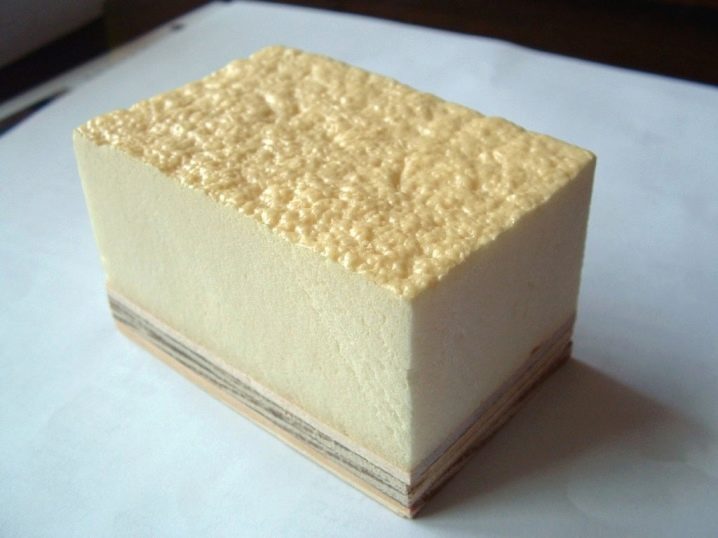
The relevance of this insulation is due to the following advantages:
- polyurethane easily "sticks" to substrates made of a wide variety of materials, from wood to metal;
- a similar insulation is made right at the place of all work with a minimum number of components. This fact suggests that in matters of transportation, polyurethane foam is economical;
- this material is lightweight, so it is not so difficult to work with it;
- floors, supplemented with polyurethane, become not only warmer, but also durable;
- this material is not afraid of temperature drops.
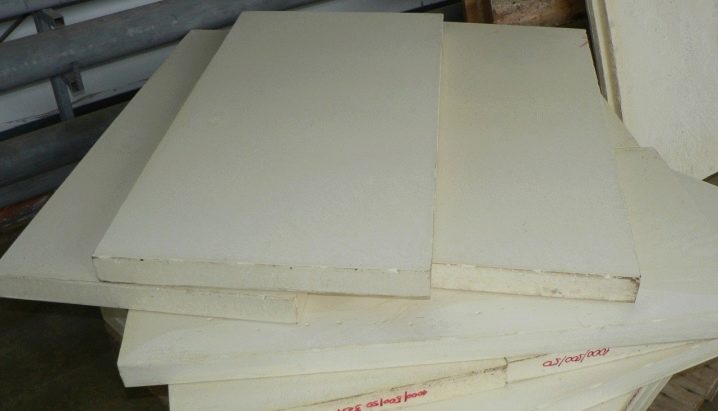
Of course, this insulation material also has its drawbacks, namely:
- when it comes into contact with ultraviolet rays, the insulation is often worn out quickly, so it is recommended to “cover” it with other materials, for example, plaster or panels;
- in contact with high temperatures, the polyurethane foam insulation will not burn, but it will actively smolder;
- such material cannot be used for insulating roofs made of profiled sheets in wooden houses;
- PPU is quite expensive, as well as the work on its deposition on the basis of a bar.
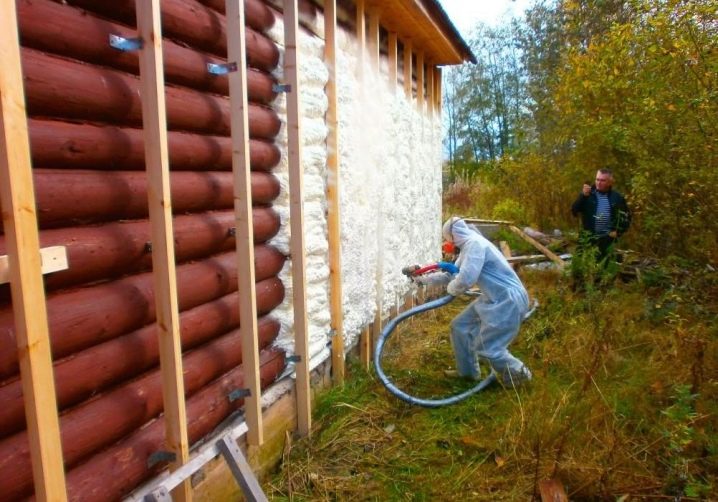
Ecowool
Many consumers turn to the insulation of a log house with ecowool. This material consists of cellulose, boric acid, antiseptic components and sodium tetraborate.
This insulation has the following advantages:
- has excellent sound insulation properties;
- to insulate a room, a small amount of such insulating material will be required, which indicates its economy;
- in the composition there are no dangerous and harmful substances that are harmful to human health;
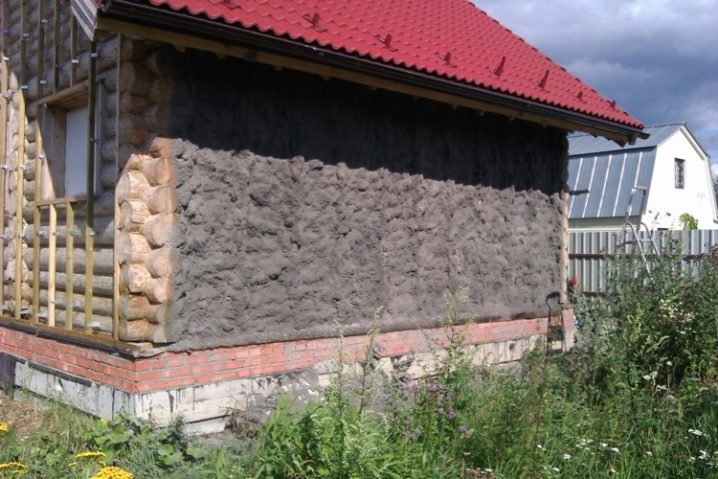
- very easily blown out even into the most inaccessible areas;
- it is a seamless material, so in the winter season you can significantly save on heating with it;
- is inexpensive with good quality;
- does not cause allergic reactions.
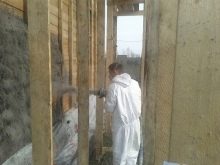
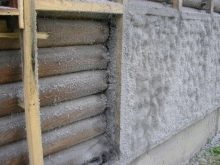
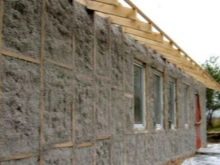
Unfortunately, ecowool also has weaknesses, such as:
- over time, the excellent thermal insulation characteristics of ecowool inevitably decrease. At this time, the thermal conductivity of the living space increases;
- the installation of this insulation can only be done using special, complex equipment, so it is unlikely that it will be possible to do without the involvement of a team of craftsmen;
- so that the thermal insulation of the space does not decrease, you need to contact only highly qualified specialists with rich experience;
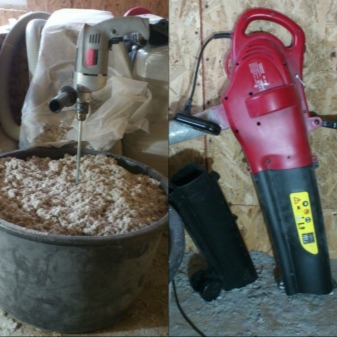
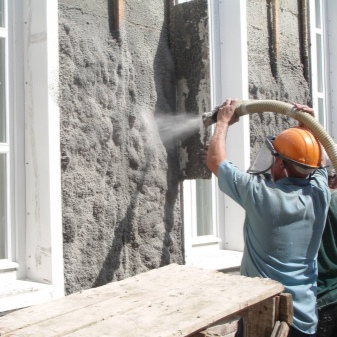
- with a dry installation of such a heater, a lot of dust will remain, and with a wet version, the material will dry out for a rather long time;
- the rigidity of ecowool is much lower than that of polystyrene materials, therefore it cannot be installed without first constructing a reliable frame;
- ecowool is subject to the shrinkage process if installed on a vertical base with a density below the norm;
- experts do not recommend placing this insulating material near sources of open fire, as well as chimneys and chimneys, because the coating can begin to smolder.

Warm plaster
Relatively recently, another interesting insulating material has appeared on the market - this is warm plaster. Such insulation is good because it is non-flammable, is not afraid of sunlight, is easy to install and protects wooden houses from moisture and moisture penetration.
It has a complex composition, which includes the following ingredients:
- glass;
- cement;
- hydrophobic components.
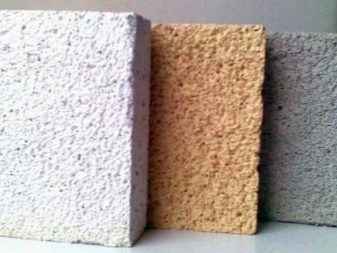
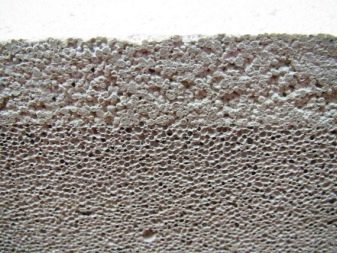
Foamed polyethylene
Currently, this material is often used to insulate houses from profiled or glued beams.
Foamed polyethylene has such positive qualities as:
- low coefficient of thermal conductivity;
- elasticity and flexibility in work;
- light weight;
- affordable cost.
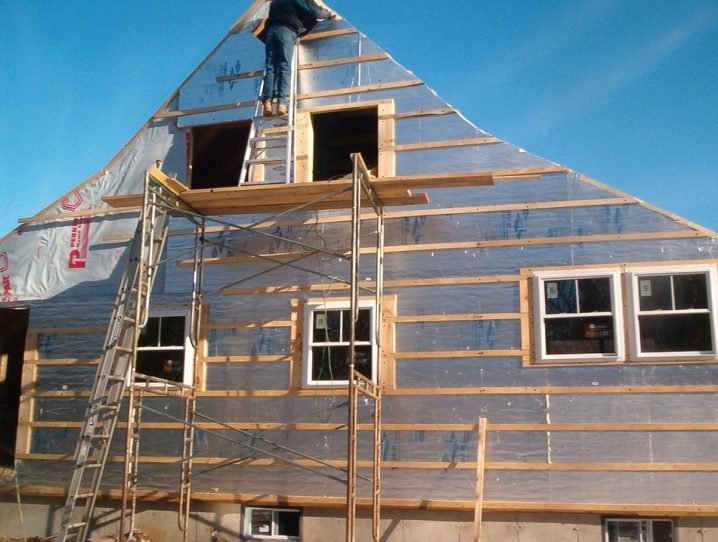
Choosing such a foil-clad material, you should know that it is available in two modifications:
- LDPE - high pressure raw materials;
- HDPE - low pressure polyethylene.
In addition, these heaters are available with one- or two-sided foil.
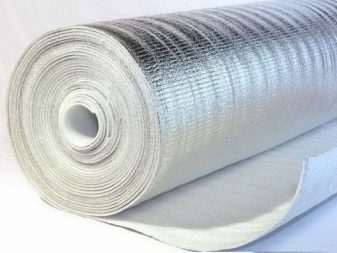
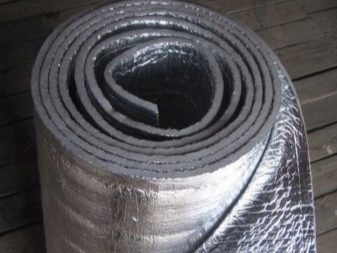
Sawdust
If you want to insulate the house with the most environmentally friendly and natural materials, then you should turn to sawdust.
This insulation has the following characteristics:
- are inexpensive;
- do not emit harmful and hazardous substances, since they are simply absent in their composition.

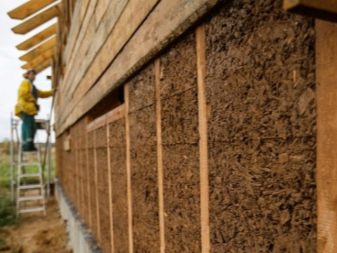
However, such an insulating material also has a number of significant disadvantages, namely:
- Highly flammable. In addition, such materials are prone to spontaneous combustion, which is a serious problem in a house made of timber;
- A "tidbit" for all sorts of parasites and pests, such as rodents and insects.
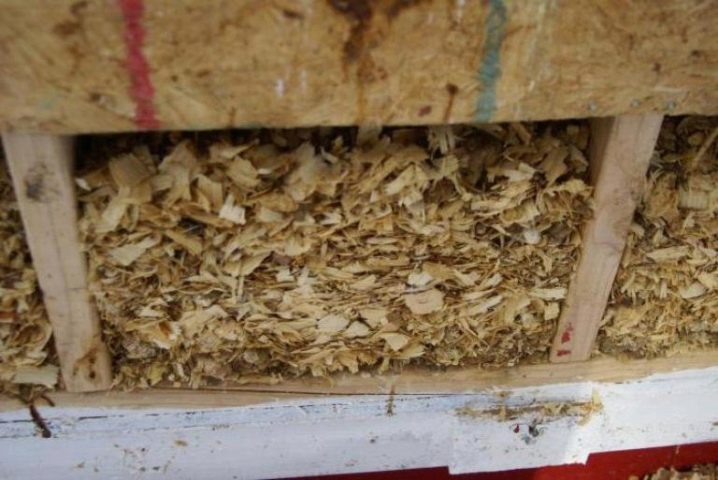
How to make the necessary calculations?
To insulate a wooden house, you need to calculate the amount of materials. For this, it is permissible to use a special online calculator. But before that, you need to know the thickness of the bases (for example, walls), the area of space, as well as the type of external and internal decoration.

Variety of methods
Using the hinged method, the following insulation installation technology is used:
- first, all lumber is treated with special compounds to protect them from rotting and insect attacks;
- a secure lattice is attached to the outside of a wooden house. Hydro and windproof materials are nailed onto it. Air will circulate in the spaces between the slabs and the crate, so condensation will not accumulate in the insulation;
- the crate is leveled with a plumb line using a level;
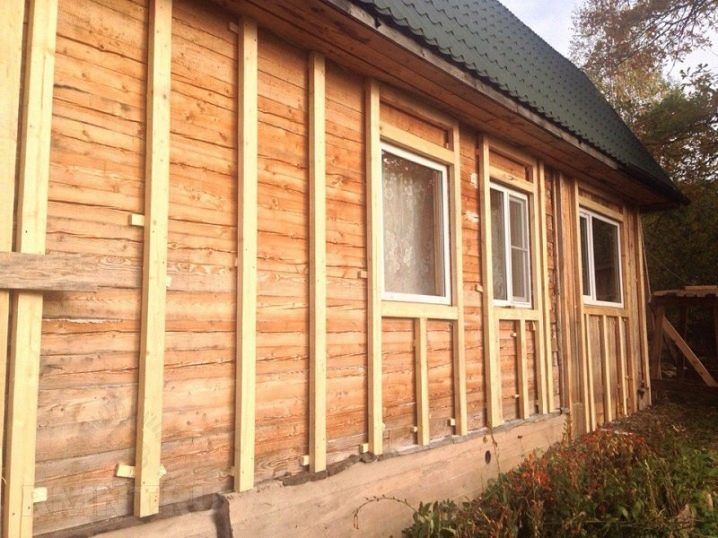
- insulation in this case is carried out between the slats using dowels;
- bars are placed on the slats, their thickness should be at least 5 cm, so that there is a small gap between the insulating material and the casing;
- it is worth moving on to the installation of cladding, for example, siding.
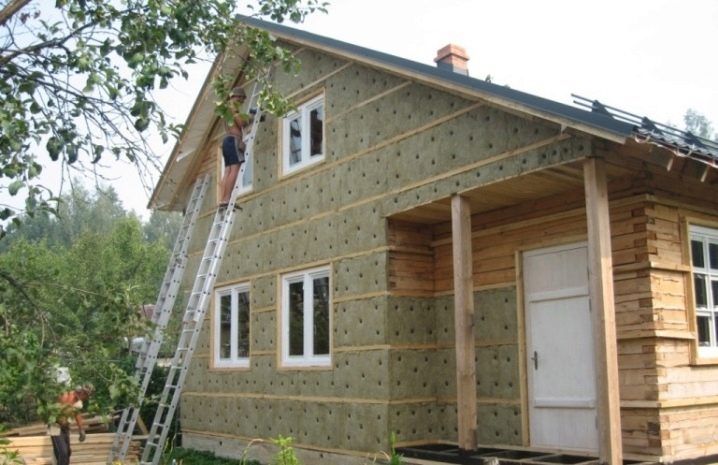
When installing an insulating layer under siding, the following work should be carried out:
- you need to set the gap between the slats, which will correspond to the width of the plates if foam or polystyrene is used;
- there should be a distance of 10-15 mm between the slats less than the width of the mat, if the base is insulated with mineral plates. This must be taken into account when calculating the volume of insulation;
- the insulation needs to be mounted on a bullet;
- when laying mineral wool on top, a waterproofing layer must be installed. For this, it is permissible to purchase a diffuse membrane. However, this material will not be useful if you are using fiberglass or polystyrene.
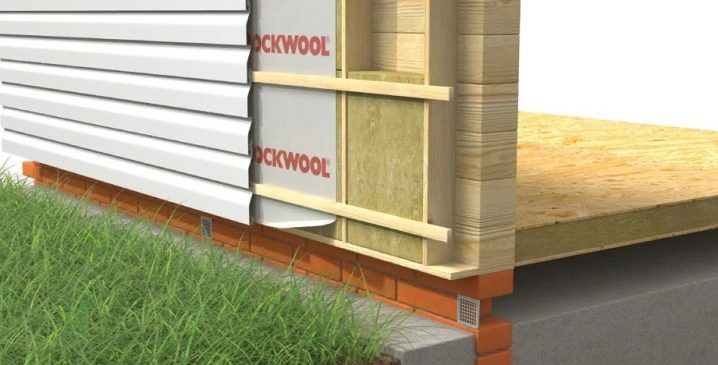
The spray method is simple. When using it, the insulating material is applied using a special spray. The wet method of insulating a wooden house is considered cheap, but rather laborious.
It includes the following steps:
- first, insulation boards are attached to the bases using polymer glue;
- a reinforcing mesh is installed on the dowels, and plaster is laid on it (it is called "light").
- a layer of "heavy" plaster follows. Its application begins with the installation of dowels on the insulation boards. Then special blocking plates are used, and the armature is fixed;
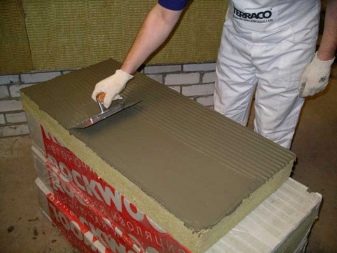
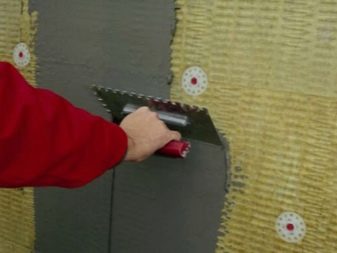
- plaster is applied and seams are processed;
- spraying of liquid insulation is carried out.
Of course, you can also use the internal method of installing insulation. Moreover, it can be carried out not only for walls, but also for the floor and for the roof. However, such methods are not used as often because they are less convenient. In this case, methods are used using decorative plaster, lining or panels.
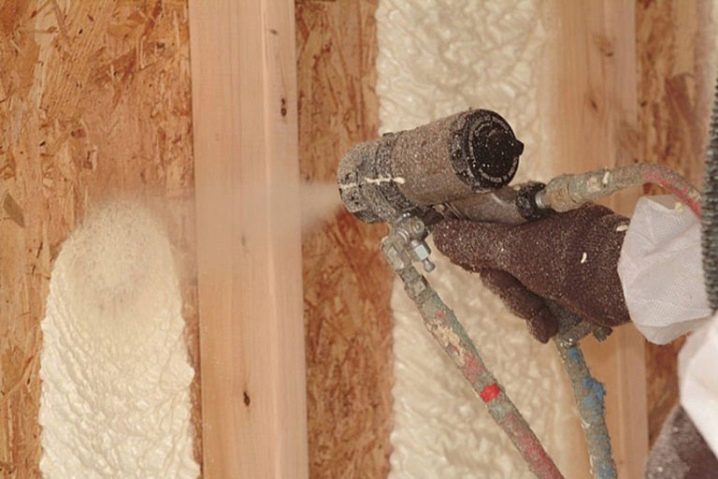
Self-assembly
The fixing of insulating coatings can be done by hand. The main thing is to stock up on reliable tools and quality materials.
To begin with, you should familiarize yourself with the list of devices and materials, namely:
- plumb line or level (it is recommended to use a bubble or laser instrument);
- roulette;
- injection;
- metal ruler;
- special dowels for the facade;
- Scotch;
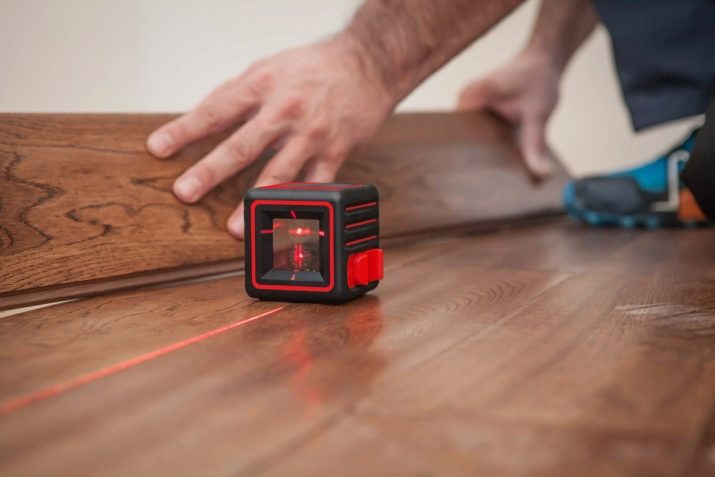

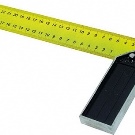
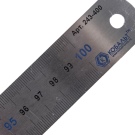
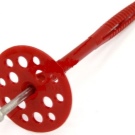
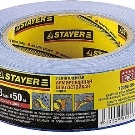
- chalk;
- polyurethane foam;
- antiseptic agents;
- absolutely dry slats;
- the insulation itself;
- steam and waterproofing coatings;
- facing materials for finishing;
- sprayers for processing timber with protective mixtures.
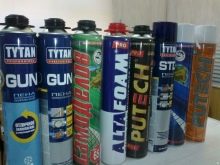


When choosing any method of installing insulation, all work steps will be approximately the same.
The general step-by-step course of installing thermal insulation in a house from a bar includes such actions as:
- for ventilation of the first insulating layer, first, as a rule, a crate made of wooden planks or metal guides is installed;
- a frame structure is nailed to the crate to fix the insulation;
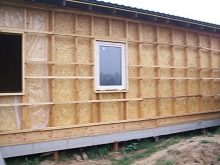
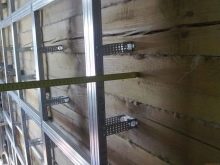
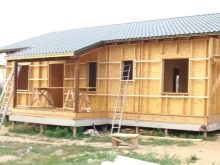
- insulation material is being installed;
- if necessary, install a second frame and crate (in the case of double insulation);
- an additional layer of heat insulator is laid;
- a diffuse membrane is fixed to ensure protection of materials from moisture and wind;
- you can proceed to the installation of decorative cladding. Leave small gaps for adequate air circulation.
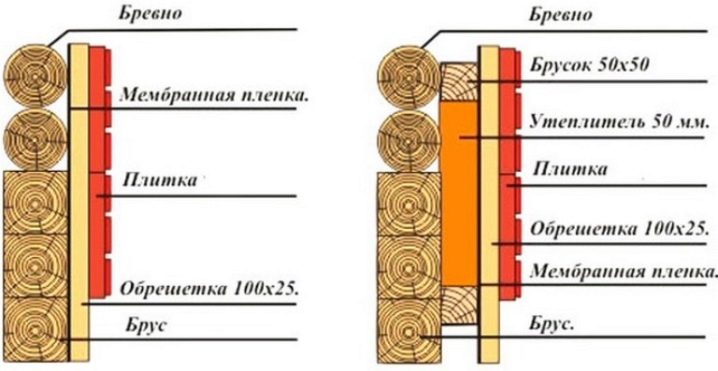
Homeowner Reviews
The owners, who insulated their houses from timber, claim that this should be done exclusively from the outside. But not all people agree with such statements. According to some home craftsmen, the internal insulation of a log house is easier and faster. However, there are many more of those who advocate only external treatment. Consumers who have purchased high-quality and durable insulation, for example, mineral wool, do not cease to admire their qualities and characteristics. With reliable insulation, it becomes very cozy and comfortable in a wooden house.
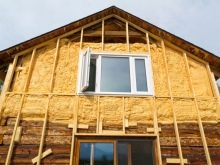
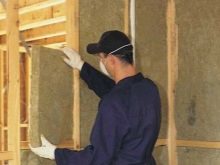
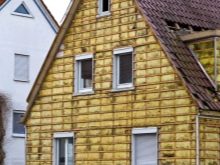
According to consumers, you can significantly save money by choosing sawdust or polystyrene for insulating a house. However, the enthusiasm for the cheapness of these materials will be short-lived. Many people have faced the problem of rodents and insects after stacking sawdust. Polyfoam disappoints with its fragility and toxic composition.
Helpful advice from professionals
You should adhere to the following tips from professionals:
- outdoor insulation should be carried out only in good weather;
- insulation will hide the beauty of the timber. In such cases, the insulating layer can be sheathed on top with a block house;
- when choosing a heater, it is worth considering the dew point. The material should not "take" it into the depths of the floors;
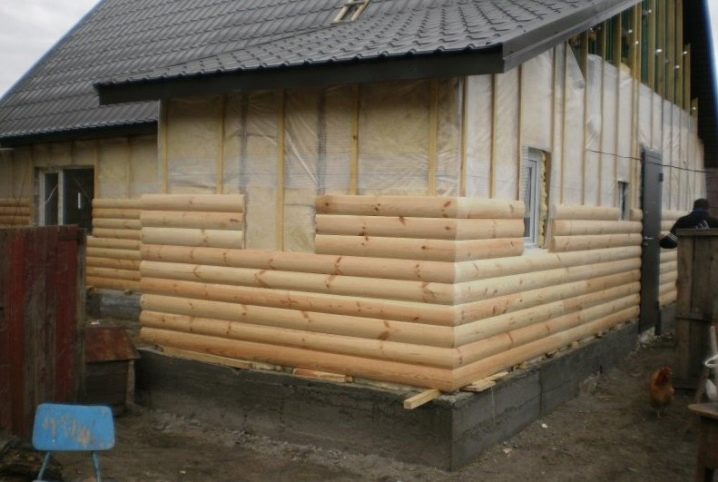
- when working with mineral wool, you should wear protective equipment - glasses, gloves, respirator;
- it is worth monitoring the insulation of the roof, since warm air comes out of the premises as it rises. Due to low-quality insulation of such spaces, you can feel the greatest heat loss.
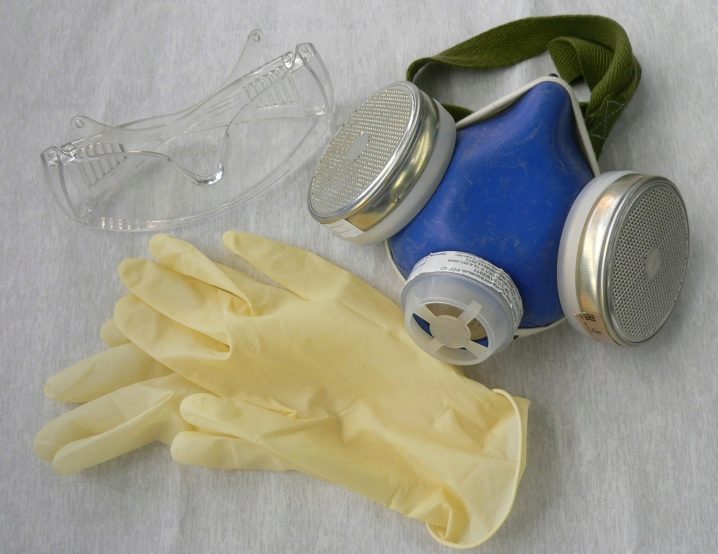
Features of the heat engineering calculation of the walls of a log house are revealed in the video.













The comment was sent successfully.